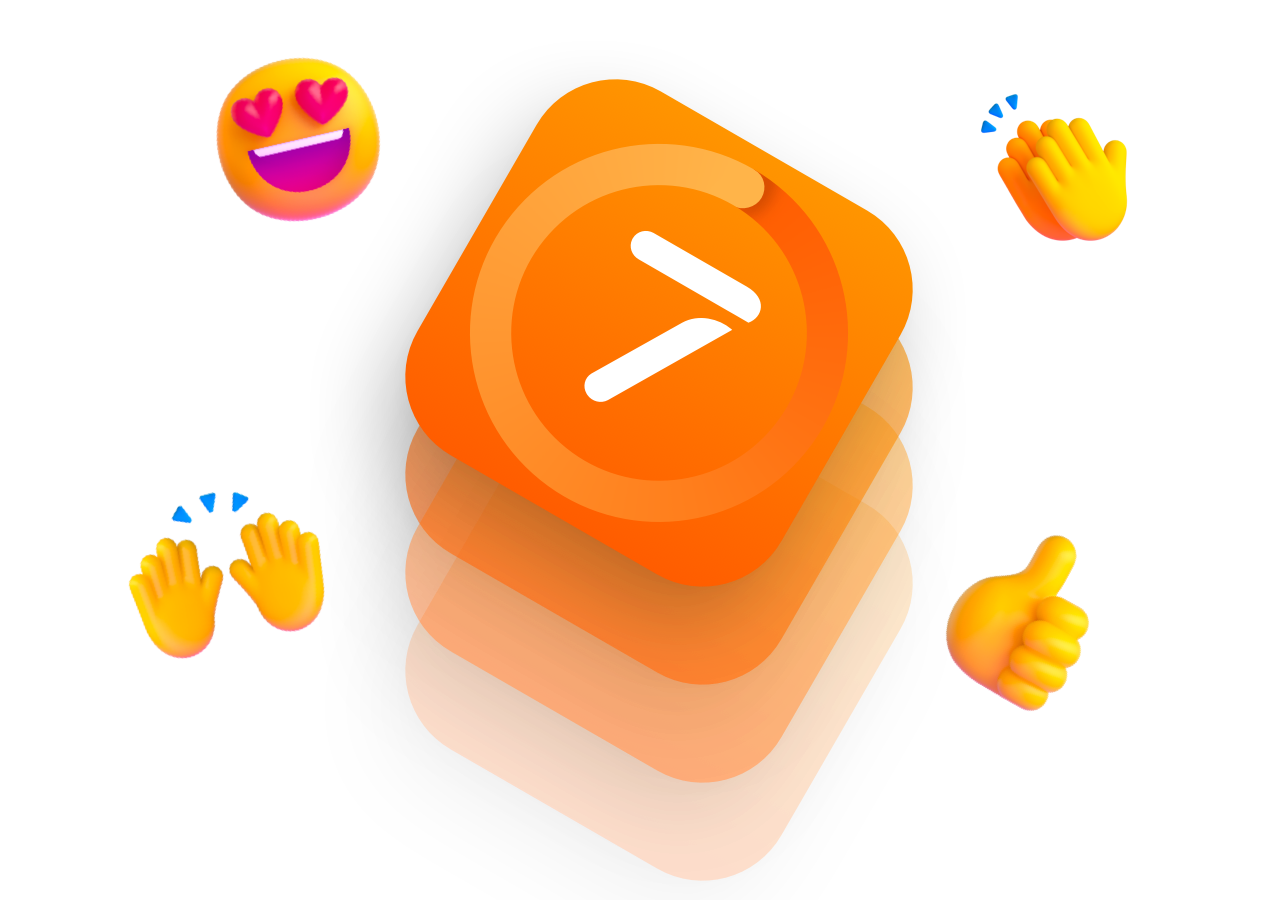Highly addictive apps use different techniques to engage their customers. Read on to discover our experiences with over 50,000+ apps that use Appbot to track and understand their customer reviews.
This post was originally published on Quora. We decided to republish it here and expand upon it slightly since it generated some interesting conversations.
If you look at the research that’s been done in this space there are several things that come up repeatedly. This list is based on our experiences with the 50,000+ apps that use Appbot to track and understand their customer reviews. It’s not exhaustive but includes the points that seem to be able to be applied across many different industries to successfully encourage high levels of user engagement.
If you haven’t already signed up for Appbot, hit the button below to claim your free 14-day trial!
1) Build for “microsessions”
Ideally, you want to build something that allows users to do something meaningful in a tiny amount of time – highly addictive apps almost all do this. Most really successful games let you “achieve” incremental rewards in very short periods of time. Tinder’s massive success is partly due to how simple they’ve made it to do something seemingly overwhelming – finding a date can be done while you’re waiting in the coffee line in the morning 🙂
A “footnote” on this point is the importance of getting users to a “wow” moment as quickly as possible the FIRST time they use the app. That’s what’ll get them back a second time.
2) Gamify
Introducing competition can make something seemingly dull or administrative quite addictive. Some mobile apps encourage competition between users, others encourage competition with yourself. In any case, they all do #5 well – users are frequently reminded of how they are doing in the competition with the use of notifications and dashboards/leaderboards to show their progress.
RunKeeper and Strava have good examples of competition between users – the benchmarking against your peers provides the motivation to keep you going. Many games use competition against yourself and regularly remind you of your high score to spur you to to another level/match etc.
3) Play on FOMO
Fear Of Missing Out (FOMO) is a huge driver of re-engagement with mobile apps. There are too many good examples to mention them all but here are a few that spring to mind immediately:
– Clash of Clans: the game continues in your absence, but the human desire for control means you don’t want to leave your base untended for long periods.
– Facebook: Imagine what would happen if you missed an event invitation, knowing what your best mate had for dinner, what the weather was like in a city you used to live in… I mean, obviously it would be apocalyptically bad.
– Snapchat: the ultimate FOMO play. Snaps from your friends that you have literally seconds to see… again, IMAGINE what would happen if you didn’t get to see that pic of your best mate’s dinner!
4) Encourage collaboration
When users have to work as a team to achieve something in your app you’ll be creating social pressure to re-engage – no one likes to let the other side down.
Multi-player games do this well, as do chat apps like What’s App where it’s really easy to create a multi-user conversation.
5) Include contextual feedback loops
Feedback loops can be created in a number of different ways – within the app, as push notifications, via the users’ social media or even verbally in the example of apps that encourage competition between users in the same geographic location.
Within your app, think about how you feedback positive things to a user – the copy and graphics you use to convey success are critical to the level of satisfaction the user feels and, therefore, how badly they crave a repeat experience. You may use several different loops within the app – leaderboards or high score screens, banners, graphics and copy within a game… the list is endless.
Exercise caution with push notifications. It’s a fine line between awesome and annoying.
Personally, I think the pinnacle of contextual feedback is the kind that leverages face-to-face feedback or social media. Think about workout apps – they often do a great job of creating beautiful screens that summarize what you’ve achieved, and make it super easy for you to push that data over to your social media account. I have to say that in the event that I begin working out I will certainly broadcast it far and wide!
In Summary
Some highly addictive apps use all of these techniques, some use one or two. The ‘right’ combination for your app will depend on your industry, but don’t just benchmark yourself against your competitors and copy their engagement strategy.
Good engagement can be a differentiator in itself, just one that most users won’t be able to quite put their finger on. If you want your app to be the app in your space that is “just better” than the others (in a user’s eyes), designing for high engagement is an awesome place to start.
